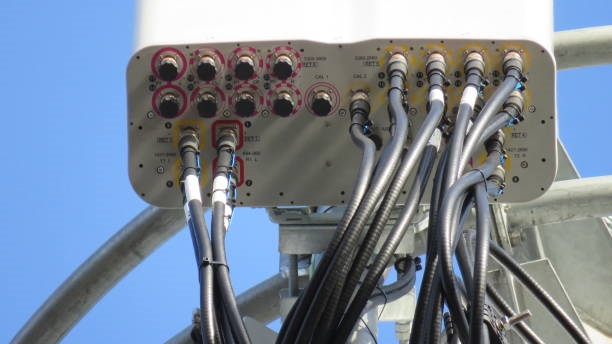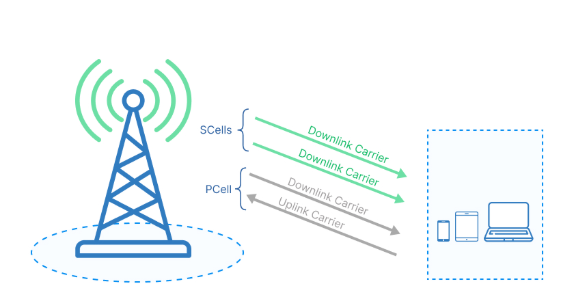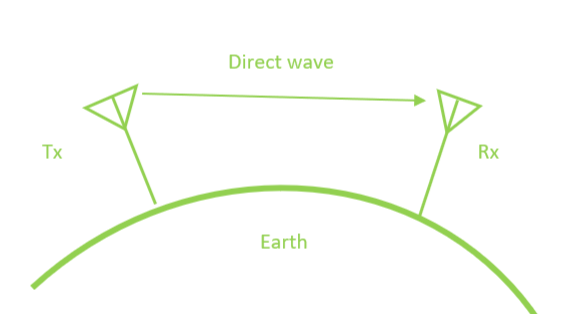Basics of radiated power
For a radar transmitter with emitted power Pt, if the antenna radiates electromagnetic energy isotropically, the power density at distance R equals Pt divided by the surface area of a sphere (4*pi*R^2).
Directional antenna gain
If the antenna has gain Gt and concentrates energy into certain directions, the power density in that direction is Gt times the isotropic value.
Target scattering and radar cross section
A target at range R within the radar beam will scatter incident energy into various directions. The portion scattered back toward the radar is characterized by the radar cross section sigma, which quantifies the target's ability to reflect electromagnetic energy. The radar antenna receives part of that backscattered energy according to its effective aperture Ae.
Antenna effective aperture
The effective aperture Ae is the antenna's receiving area and is proportional to the receiving gain Gr. A larger effective aperture corresponds to higher gain; Ae equals the physical aperture area multiplied by the aperture efficiency.
Received power and range dependence
The received power Pr equals the incident power density at the target multiplied by the antenna effective aperture Ae. Assuming a monostatic radar with Gt = Gr = G and equal transmitter-to-target and target-to-receiver ranges R, the received power decreases with the fourth power of range. For bistatic radar configurations this assumption must be modified.
Implications for detection
Because signal energy attenuates rapidly with range, the echo energy received by the radar can be very small. Detecting targets therefore requires receivers with high sensitivity.
 ALLPCB
ALLPCB







